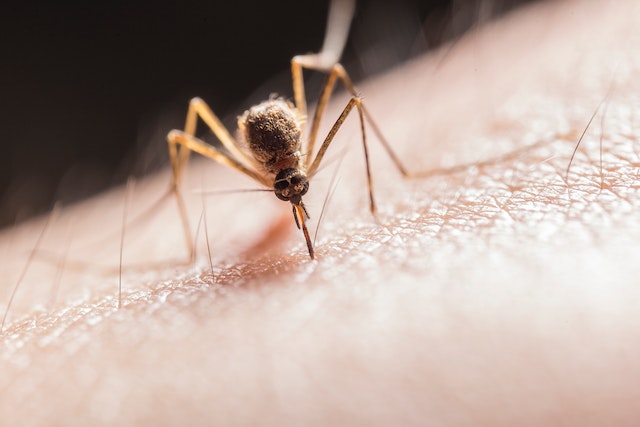Introduction: In a world filled with numerous animal species, it may come as a surprise that the title of the deadliest animal goes not to the ferocious predators we often associate with danger, but to a tiny, seemingly harmless creature. In this report, we delve into the fascinating and often misunderstood realm of the
Introduction:
In a world filled with numerous animal species, it may come as a surprise that the title of the deadliest animal goes not to the ferocious predators we often associate with danger, but to a tiny, seemingly harmless creature. In this report, we delve into the fascinating and often misunderstood realm of the world’s deadliest animal and provide crucial information on how to protect yourself from its potential threats. Stay informed and stay safe as we explore the surprising truth about this deadly creature.
Unveiling the World’s Deadliest Animal:
Contrary to popular belief, the world’s deadliest animal is not a large predator lurking in the wild but a creature much closer to home: the mosquito (family Culicidae). Responsible for millions of deaths worldwide, these tiny insects transmit diseases that claim more lives each year than any other creature on the planet.
Understanding the Mosquito’s Threat:
Mosquitoes are notorious for transmitting deadly diseases such as malaria, dengue fever, Zika virus, and West Nile virus. These diseases pose a significant threat to global health, particularly in regions where mosquitoes thrive. It is crucial to understand the behaviors and characteristics of mosquitoes in order to protect ourselves from their potential harm.
Preventing Mosquito-Borne Diseases:
1. Eliminate Breeding Sites: Mosquitoes breed in stagnant water. Regularly empty and clean outdoor containers, such as flower pots, bird baths, and gutters, to prevent standing water accumulation. Minimize areas of stagnant water around your home to reduce mosquito breeding grounds.
2. Use Mosquito Repellents: Apply insect repellents containing DEET, picaridin, or oil of lemon eucalyptus to exposed skin and clothing when spending time outdoors. This helps deter mosquitoes and reduce the risk of bites.
3. Cover Up: Wear long-sleeved shirts, long pants, and socks to minimize exposed skin and make it harder for mosquitoes to bite. Use mosquito nets when sleeping in areas where mosquitoes are prevalent.
4. Install Window Screens: Keep windows and doors screened to prevent mosquitoes from entering your home. Repair any damaged screens to ensure they are effective.
5. Time Your Outdoor Activities: Mosquitoes are most active during dawn and dusk. If possible, avoid spending time outdoors during these times, especially in areas known for high mosquito populations.
6. Support Vector Control Efforts: Governments and communities play a crucial role in controlling mosquito populations. Support and participate in local initiatives aimed at mosquito control, such as insecticide spraying or larval control programs.
7. Stay Informed: Stay updated on the latest information regarding mosquito-borne diseases in your area. Be aware of travel advisories and take necessary precautions when visiting regions with known mosquito-borne disease risks.
Conclusion:
While the title of the world’s deadliest animal may surprise many, the threat posed by mosquitoes and the diseases they transmit is a stark reality. Understanding their behavior and taking necessary precautions can significantly reduce the risk of mosquito-borne diseases. By eliminating breeding sites, using repellents, covering up, and staying informed, we can protect ourselves and our communities from these tiny yet formidable creatures. Let us prioritize mosquito control efforts and adopt preventive measures to ensure our safety and well-being in the face of the world’s deadliest animal. Stay vigilant, stay protected, and stay informed to combat the threat of mosquito-borne diseases effectively.

















Leave a Comment
Your email address will not be published. Required fields are marked with *